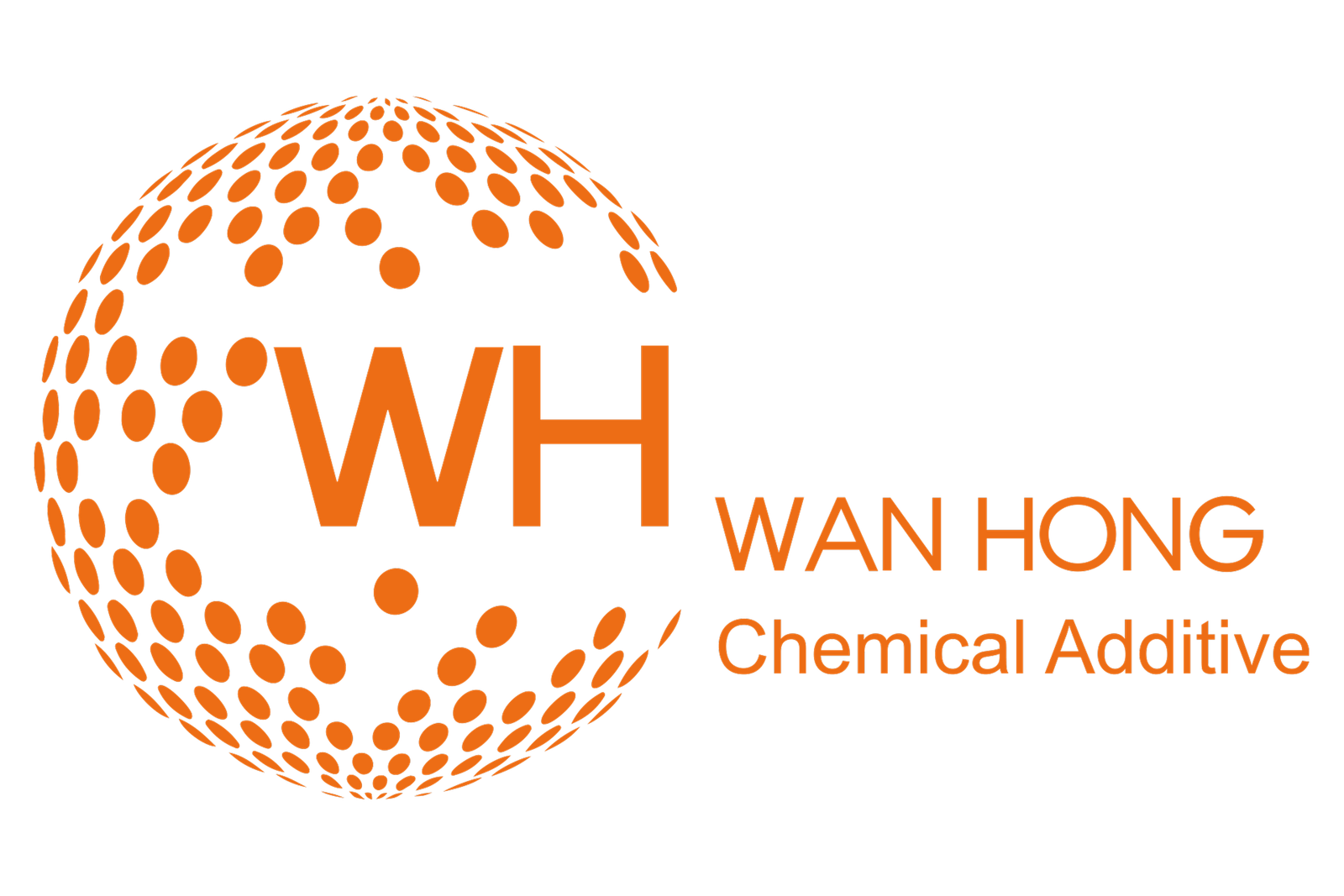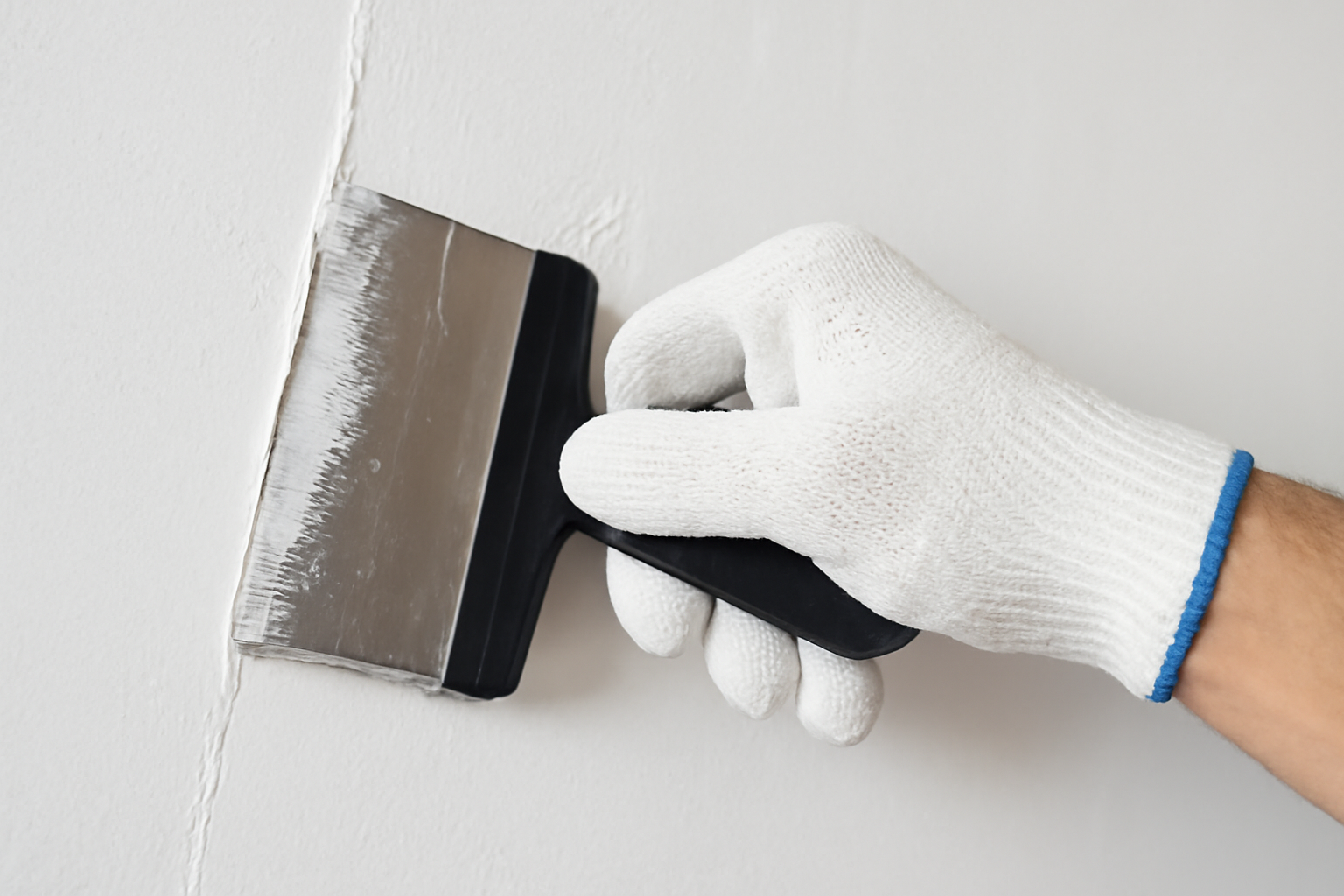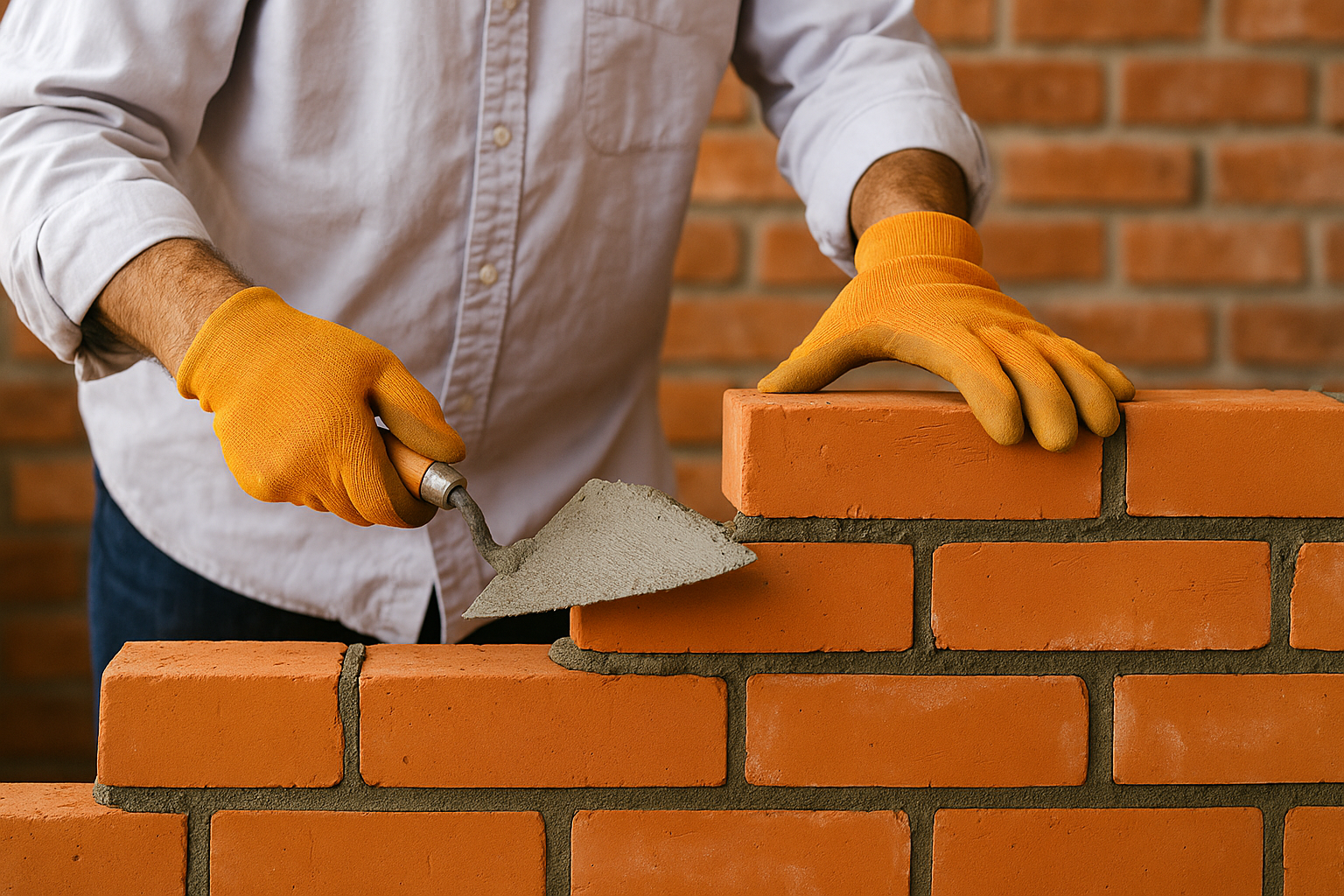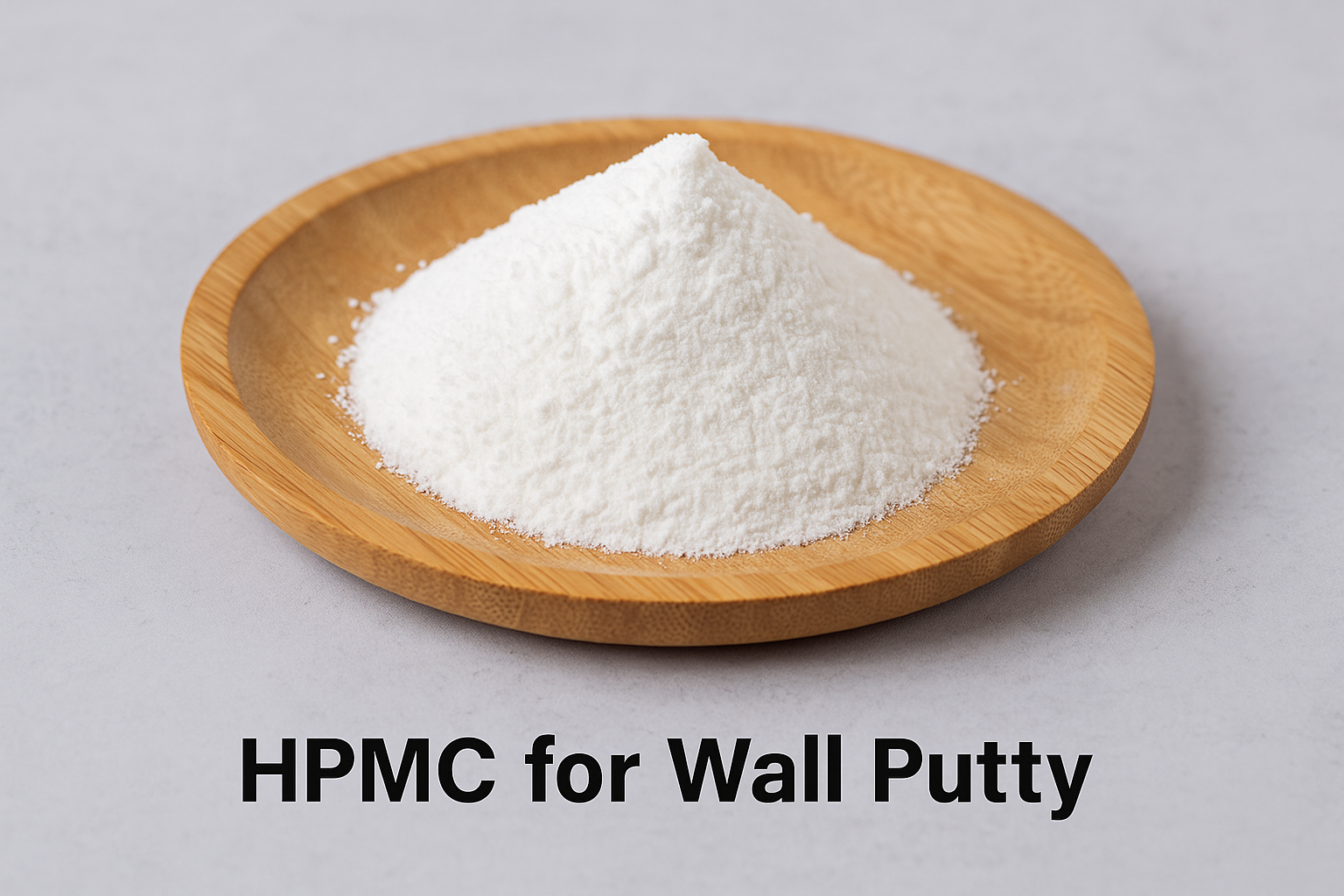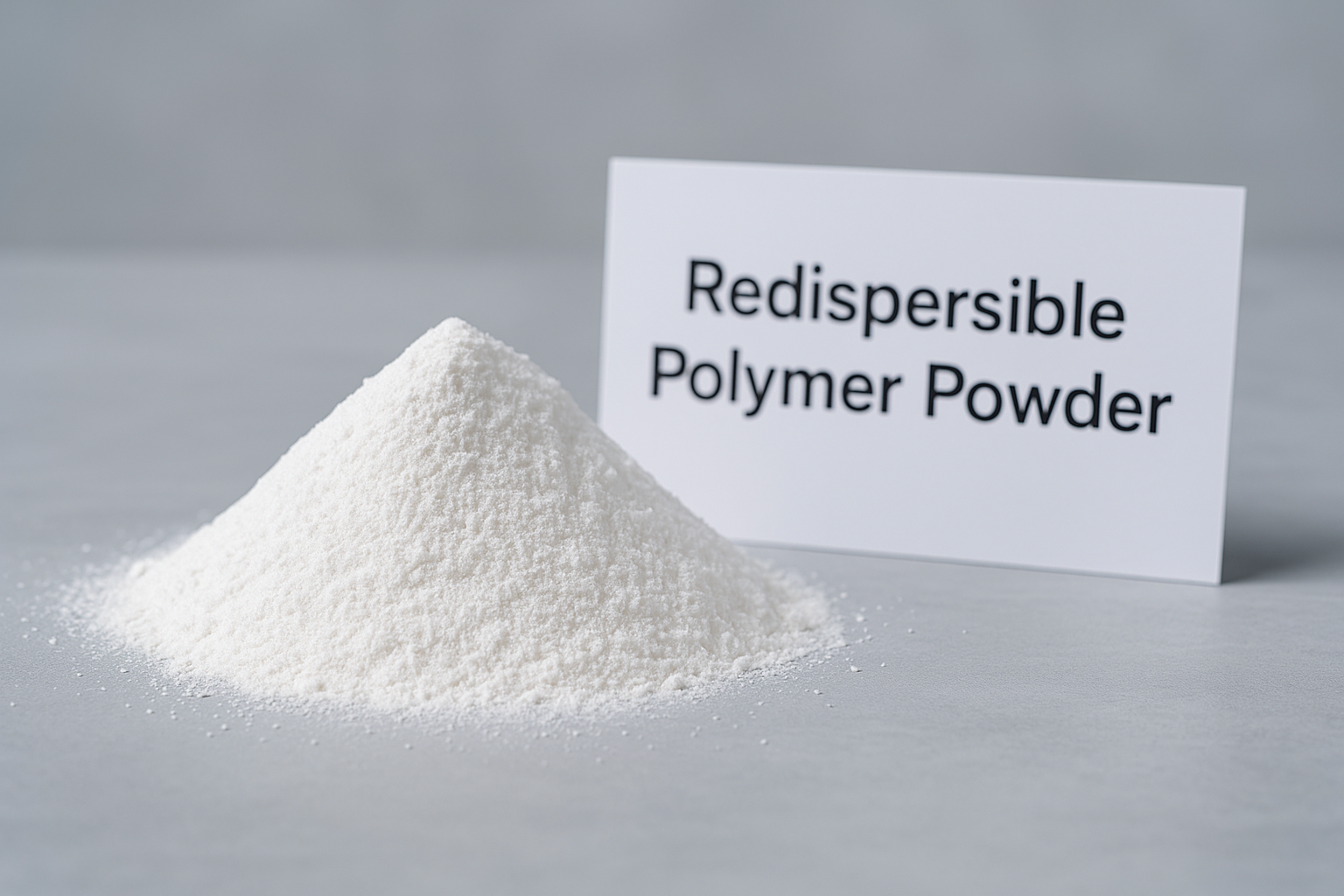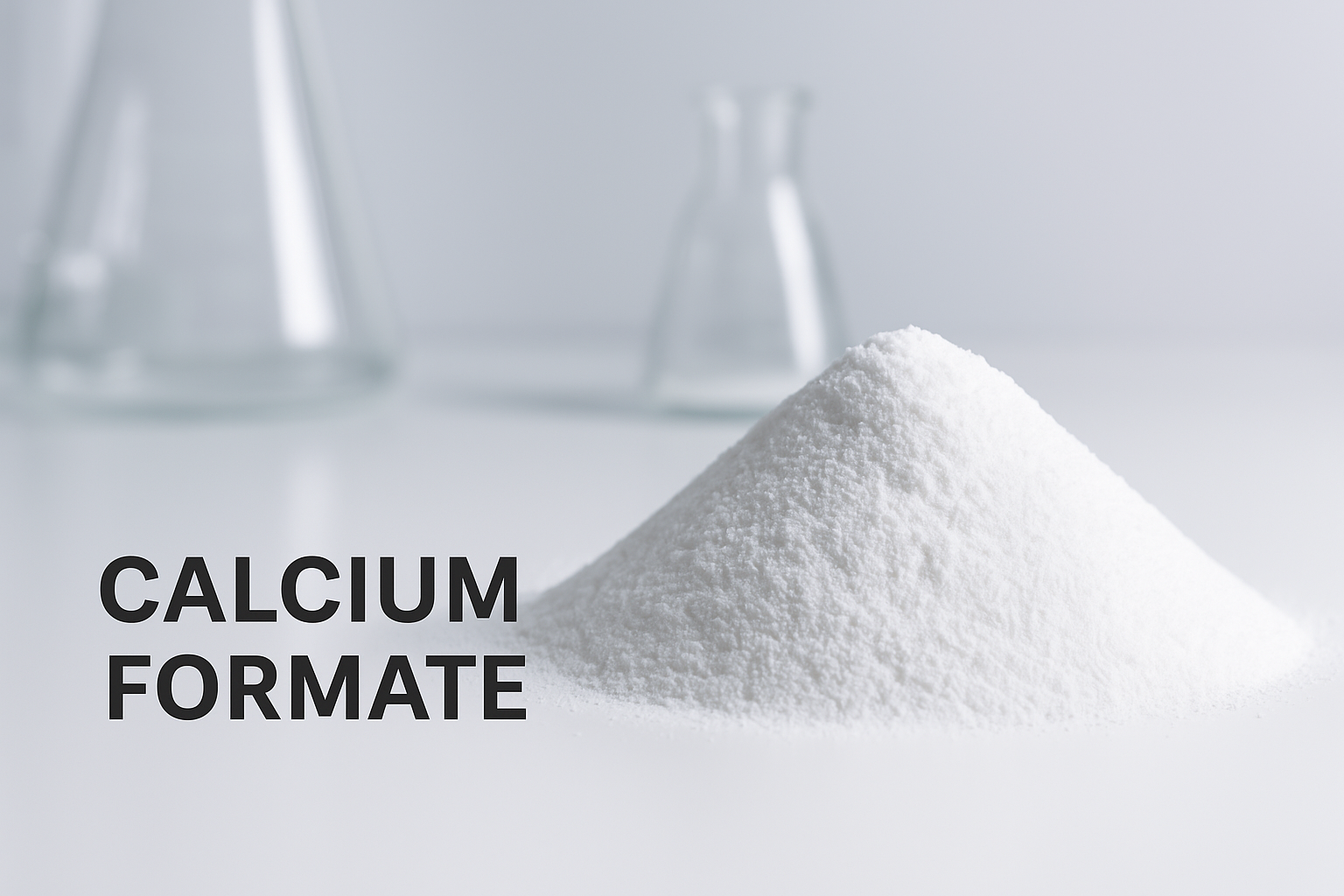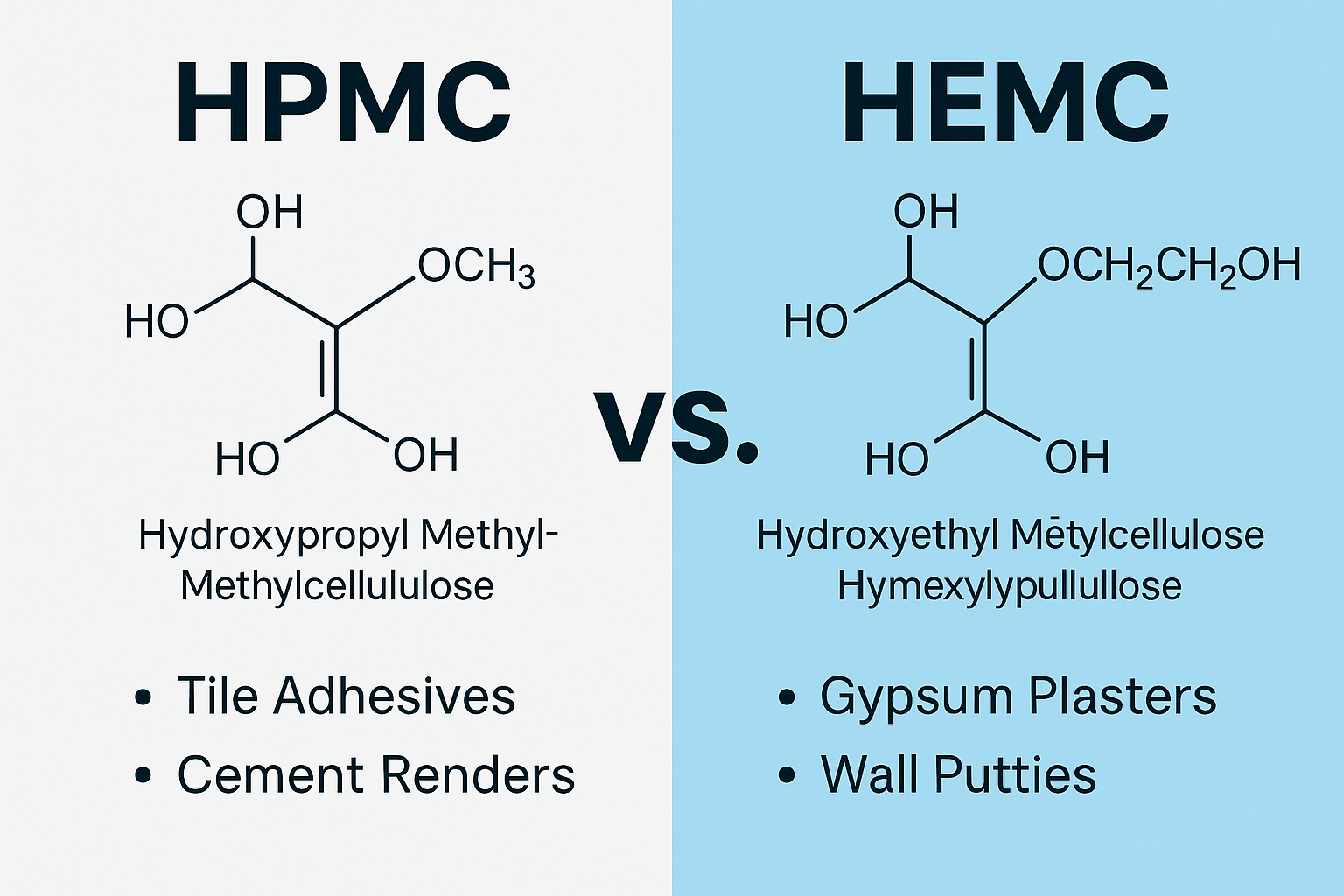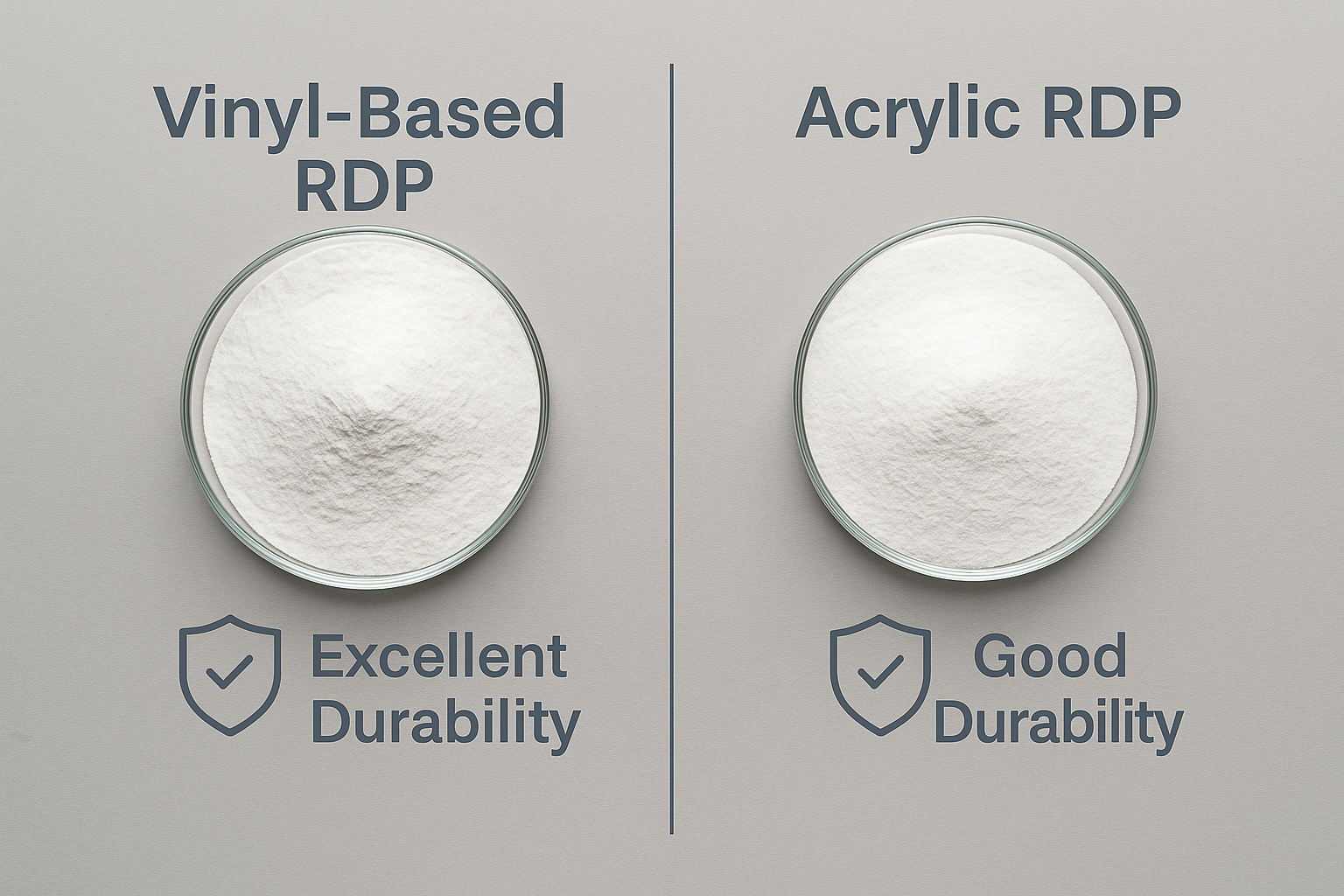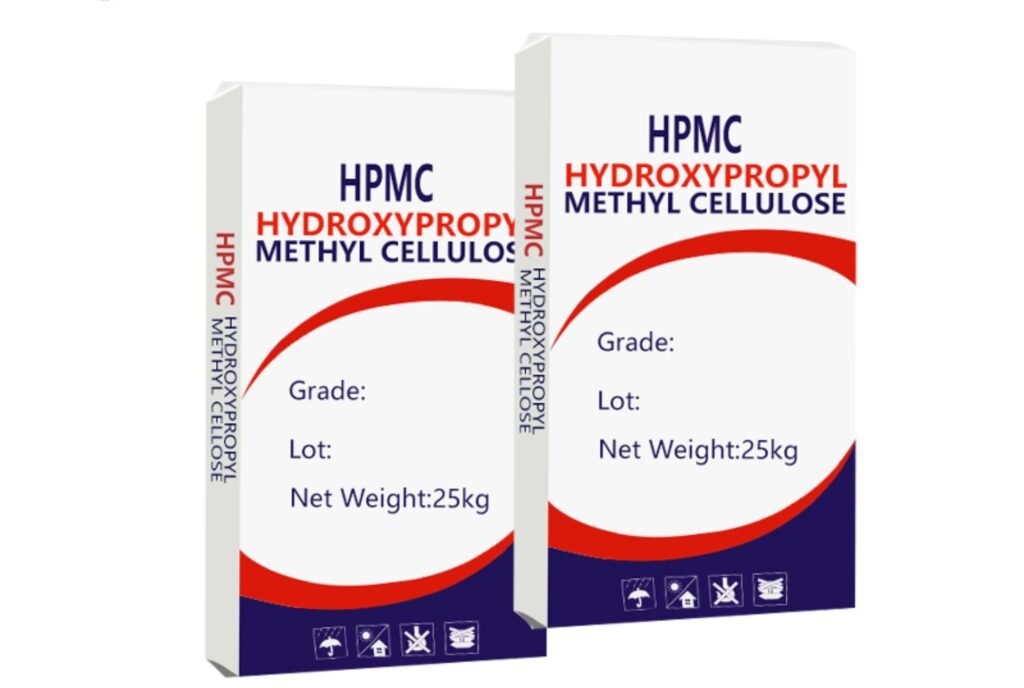Are you frustrated with bubbles appearing in your skim coat? This common problem can ruin the smooth finish you're working so hard to achieve. I've seen even experienced contractors struggle with this issue on jobsites.
To prevent air bubbles in skim coat, ensure proper substrate preparation, use the correct water-to-powder ratio, mix thoroughly but avoid excessive air incorporation, apply thin layers, maintain appropriate room temperature, use high-quality HPMC additives, and employ proper trowel techniques. These steps create a smooth, bubble-free finish.
Over my years working with construction materials at Kehao, I've helped countless customers solve their skim coating challenges. The difference between a professional-looking finish and a disappointing result often comes down to simple techniques and quality materials. Let me share what I've learned about creating flawless skim coat applications.
What Makes Skim Coat So Popular in Construction?
Pain points with wall surfaces are endless - uneven textures, small cracks, and imperfections that paint alone can't hide. Skim coating provides a solution that transforms problematic walls into smooth canvases.
Skim coat is popular because it creates perfectly smooth surfaces ready for painting, effectively covers minor imperfections, works on various substrates including drywall and concrete, and is more cost-effective than complete wall replacement. It's the preferred method for high-end finishes.
Skim coating has revolutionized how we approach wall finishing in both new construction and renovations. Its versatility makes it suitable for residential and commercial projects alike. Compared to alternative methods like complete drywall replacement, skim coating saves significant time and materials while delivering professional results.
The technique involves applying a thin layer of joint compound or specialized plaster across the entire surface to create a new, uniform texture. This process essentially gives you a fresh canvas, hiding imperfections in the underlying substrate. Many of our customers in Saudi Arabia and the UAE particularly value skim coating for high-end residential projects where wall quality significantly impacts the overall impression of quality.
Types of Skim Coat Applications
| Application Type | Substrate | Typical Thickness | Best For |
|---|---|---|---|
| Traditional Drywall | Gypsum board | 1-2mm | New construction |
| Concrete Surface | Concrete walls | 2-3mm | Commercial buildings |
| Renovation | Existing painted surfaces | 1-3mm | Home remodeling |
| Textured Surface Correction | Textured walls | 2-4mm | Style updates |
How to Apply Skim Coat Properly to Avoid Bubbles?
The smooth finish you want seems impossible when bubbles keep appearing during application. I've watched contractors waste hours trying to fix what could have been prevented with proper technique.
To avoid bubbles when applying skim coat, start with a clean, primed surface, mix compound slowly to minimize air incorporation, apply thin layers rather than thick ones, work in sections, and use proper trowel pressure and angle (around 45 degrees). Always allow adequate drying time between coats.
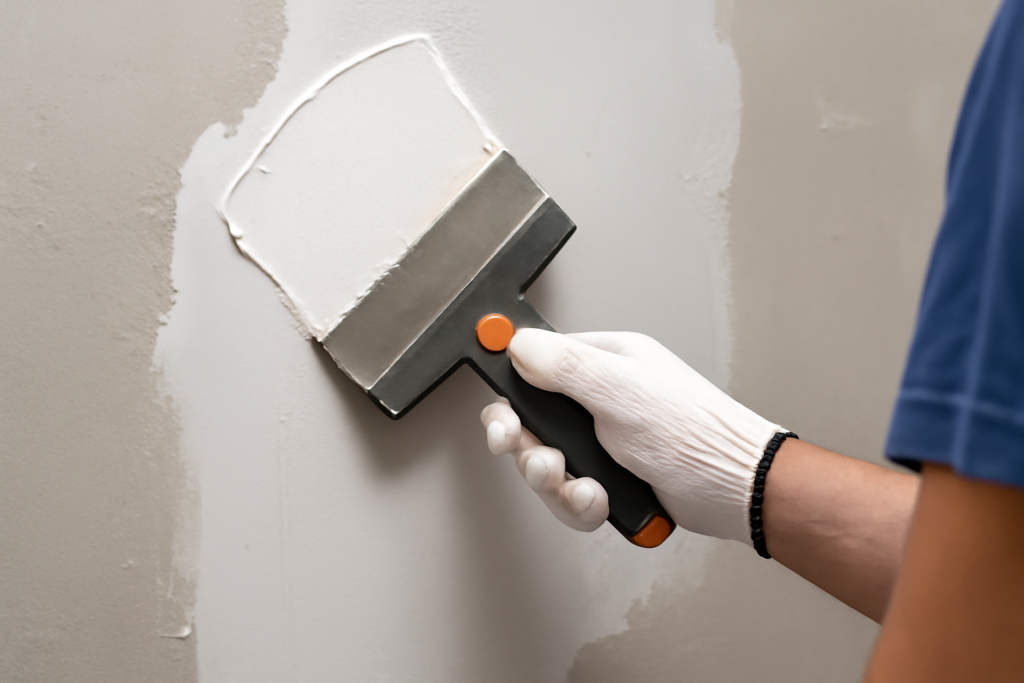
Applying skim coat properly requires attention to detail and an understanding of material behavior. During my visits to construction sites in the Middle East, I've observed that temperature plays a crucial role in application success. In hot climates like Saudi Arabia, the compound can dry too quickly, trapping air bubbles, while in air-conditioned environments, condensation can interfere with proper curing.
The mixing process deserves special attention. Using a drill mixer at the correct speed (typically medium-low) prevents excessive air incorporation while ensuring thorough blending. I recommend a 3-5 minute mixing time, letting the mixture rest for 2-3 minutes before application to allow air bubbles to rise and dissipate.
When it comes to application tools, stainless steel trowels with slightly rounded edges produce the best results. The application pressure should be firm but not excessive - too much pressure can create tool marks while too little can leave uneven thickness. Always work in sections of approximately 1-2 square meters at a time to maintain a wet edge.
Common Skim Coating Mistakes to Avoid
| Mistake | Consequence | Prevention |
|---|---|---|
| Skipping surface preparation | Poor adhesion, bubbling | Clean and prime surfaces properly |
| Incorrect mixing ratio | Cracking, shrinkage, bubbles | Measure components precisely |
| Rushing between coats | Trapped moisture, bubbles | Follow manufacturer's drying times |
| Uneven application thickness | Inconsistent finish, bubbles | Use consistent trowel pressure |
| Low-quality additives | Performance issues, bubbles | Use premium HPMC/cellulose additives |
What Are the Advantages and Disadvantages of Skim Coat?
Deciding on skim coating for your project? Many contractors weigh the pros and cons without fully understanding the long-term implications of this finishing method.
Skim coating advantages include creating perfectly smooth surfaces, hiding minor imperfections, being cost-effective compared to wall replacement, and providing an ideal painting substrate. Disadvantages include labor-intensive application, requiring skilled craftsmanship, potential moisture susceptibility, and multiple coats for serious damage.
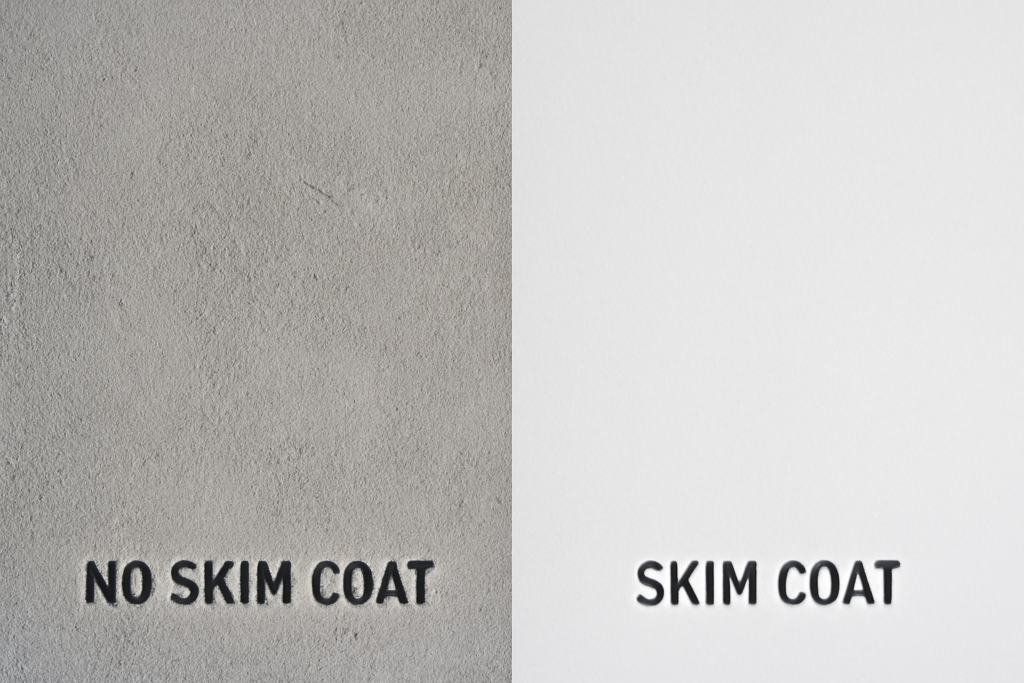
Skim coating has transformed how we approach wall finishing in construction. During my 15 years working with contractors, I've seen projects where skim coating saved thousands of dollars compared to demolition and replacement. However, the decision to skim coat should be based on project requirements, timeline, and available expertise.
One significant advantage often overlooked is sustainability. Skim coating existing surfaces reduces construction waste dramatically compared to demolition and replacement. This aligns with green building standards and can contribute to certification points in systems like LEED.
The labor cost versus material cost ratio for skim coating is approximately 70:30, making the applicator's skill level the most significant factor in success. In markets like the UAE and Saudi Arabia, where skilled labor commands premium rates, this consideration becomes especially important for project budgeting.
Skim coating also offers flexibility in achieving different finishing textures. While perfectly smooth finishes are common, skilled applicators can create subtle textures that add visual interest to walls. The coating can be formulated to accept various decorative finishes like Venetian plaster or metallic paints that wouldn't bond well to other substrates.
Skim Coat Performance in Different Environments
| Environment | Performance Factors | Recommendations |
|---|---|---|
| High Humidity | Slower drying, potential mold issues | Use mold-resistant additives, ensure ventilation |
| Dry Climate | Rapid drying, potential cracking | Add retarders, work in smaller sections |
| High-Traffic Areas | Durability concerns | Use reinforced formulations, consider topcoat |
| New Construction | Substrate movement | Allow for proper curing of structural elements |
Which High-Quality Additives Improve Skim Coat Performance?
Struggling with inconsistent skim coat quality? The difference often lies not in application technique but in the unseen components that make up your coating mixture.
High-quality additives that improve skim coat performance include hydroxypropyl methylcellulose (HPMC) for water retention and workability, redispersible polymer powders for flexibility and adhesion, cellulose ethers for consistency control, and specialized rheology modifiers to prevent sagging and bubbles.
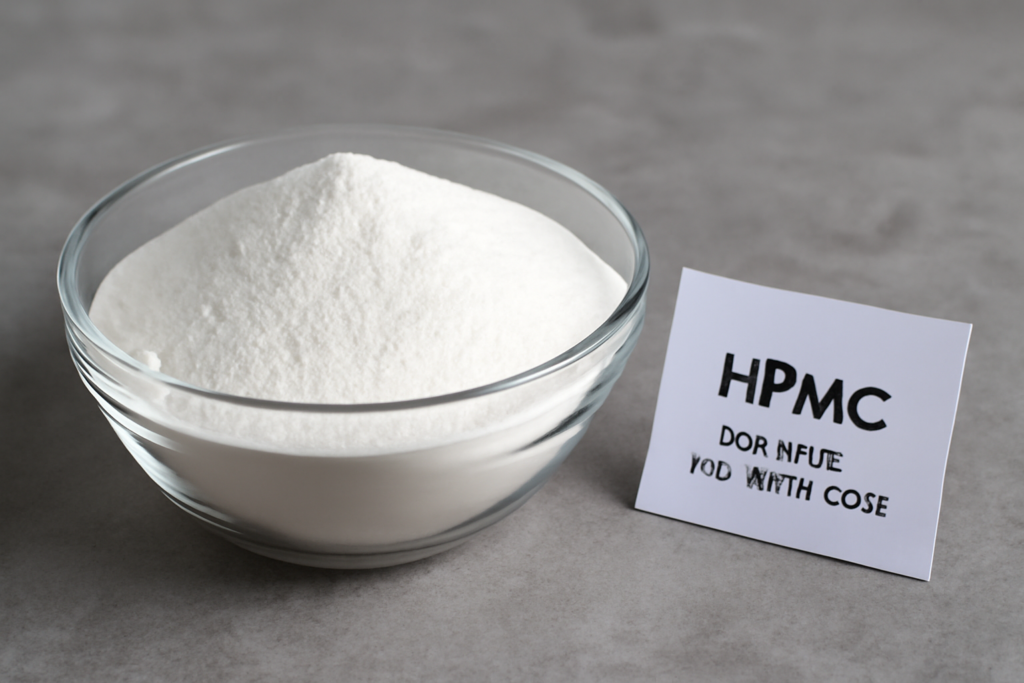
At WANHONG , we've specialized in producing construction-grade cellulose additives for over 20 years. The quality of these components directly impacts the performance of the final skim coat application. Our HPMC products1, for example, are engineered specifically to provide optimal water retention - a critical factor in preventing bubbles and ensuring proper curing.
The molecular weight and substitution degree of HPMC significantly affect how it performs in skim coat applications. Higher viscosity grades (30,000-40,000 mPa·s) provide excellent water retention but must be balanced with workability. Our technical team typically recommends a viscosity range of 15,000-25,000 mPa·s for most skim coating applications, with adjustments based on climate conditions and specific project requirements.
Redispersible polymer powders2 work synergistically with HPMC to enhance adhesion to difficult substrates like painted surfaces or concrete. The polymer particles form a flexible film during the drying process, which improves crack resistance and durability. The typical dosage range is 2-5% of the dry mix weight, with higher percentages used in challenging environments or exterior applications.
For contractors working in the hot climates of the Middle East, we've developed specialized formulations that extend working time without compromising strength development. These formulations include precisely engineered cellulose ethers3 that maintain water in the system longer, giving applicators the time needed to achieve smooth finishes even in temperatures exceeding 35°C.
Impact of Additive Quality on Skim Coat Performance
| Additive Type | Function | Impact of Low Quality | Impact of High Quality |
|---|---|---|---|
| HPMC | Water retention | Rapid drying, bubbles | Controlled curing, smooth finish |
| Redispersible Powder | Flexibility, adhesion | Poor bonding, cracking | Strong adhesion, crack resistance |
| Cellulose Ethers | Consistency, workability | Difficult application | Easy spreading, level finish |
| Rheology Modifiers | Sag resistance | Uneven thickness | Uniform application thickness |
Conclusion
By following these seven tips—proper substrate preparation, correct mixing ratios, thorough mixing, thin.
-
Explore this link to understand how HPMC products enhance construction applications, ensuring better performance and durability. ↩
-
Discover the role of redispersible polymer powders in enhancing adhesion and durability in construction materials. ↩
-
Learn about cellulose ethers and their importance in construction, especially in challenging climates and applications. ↩
